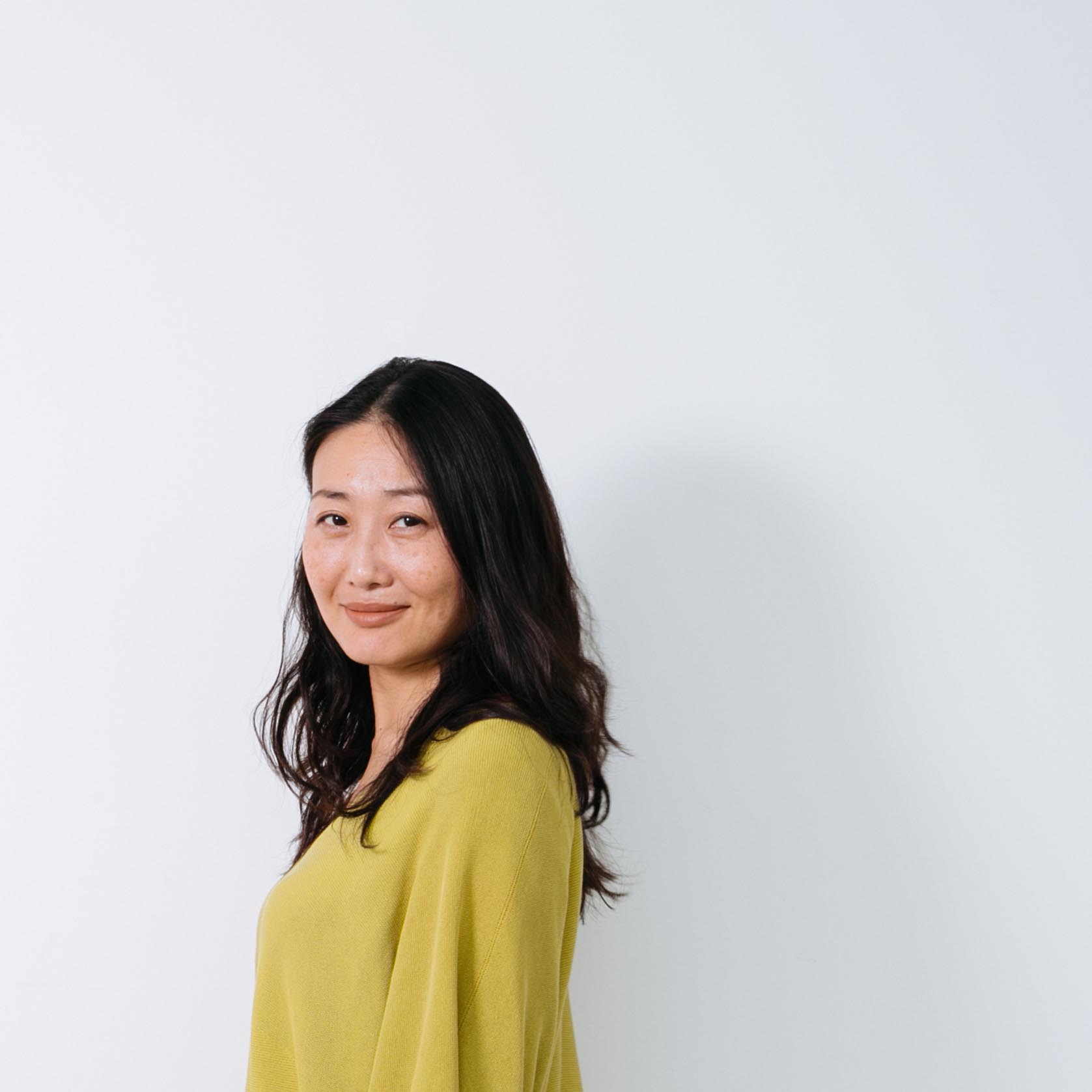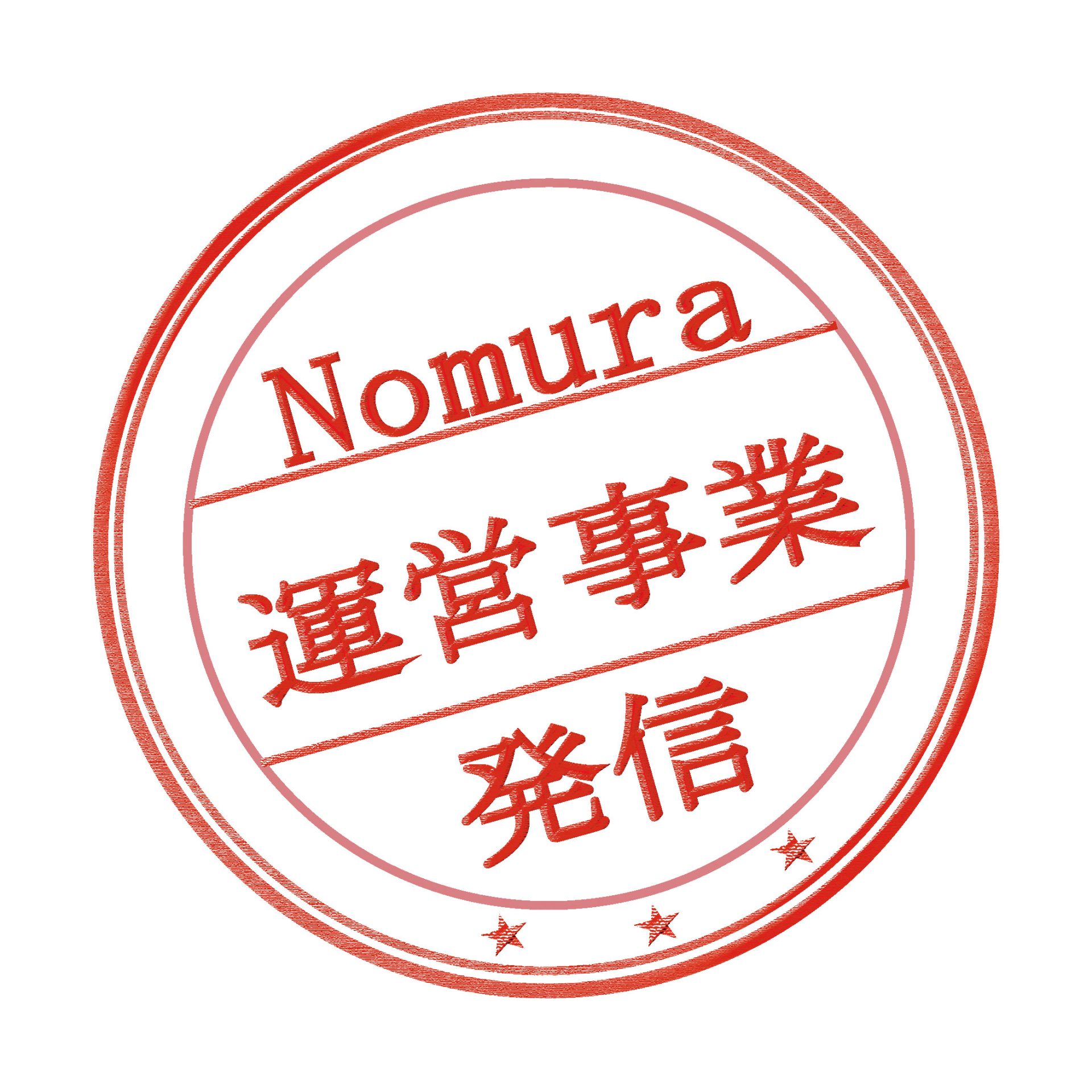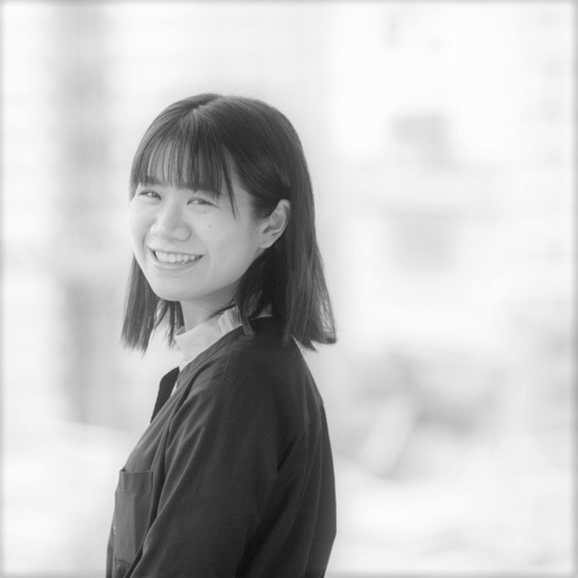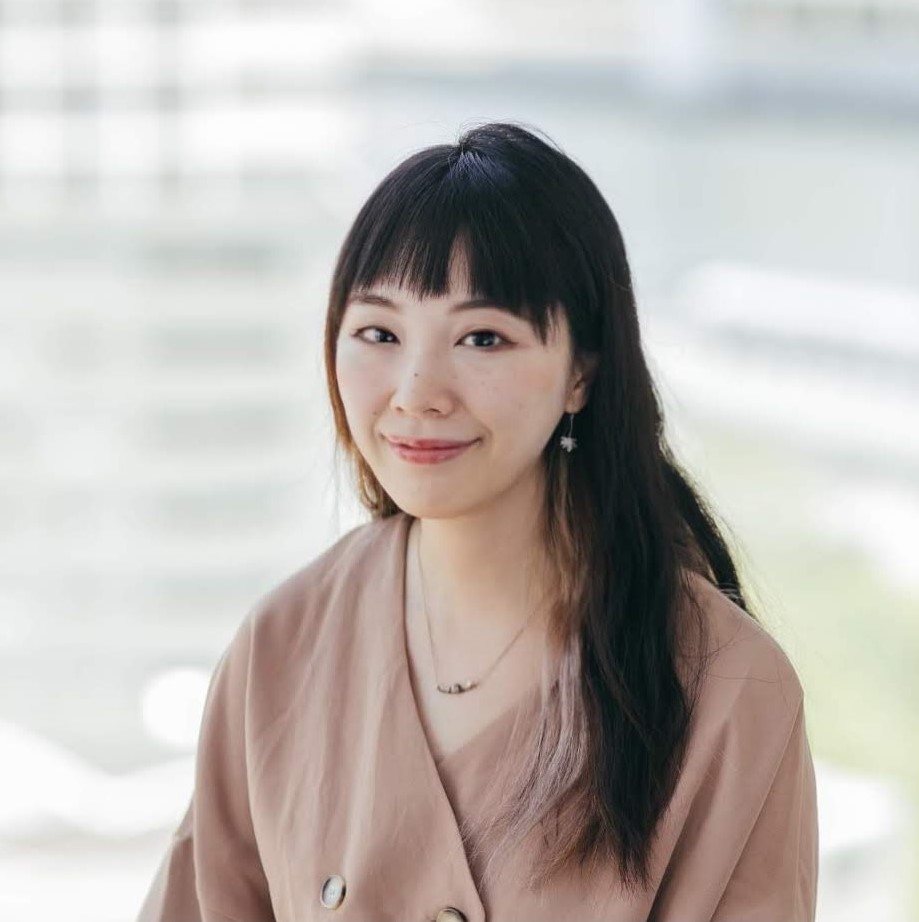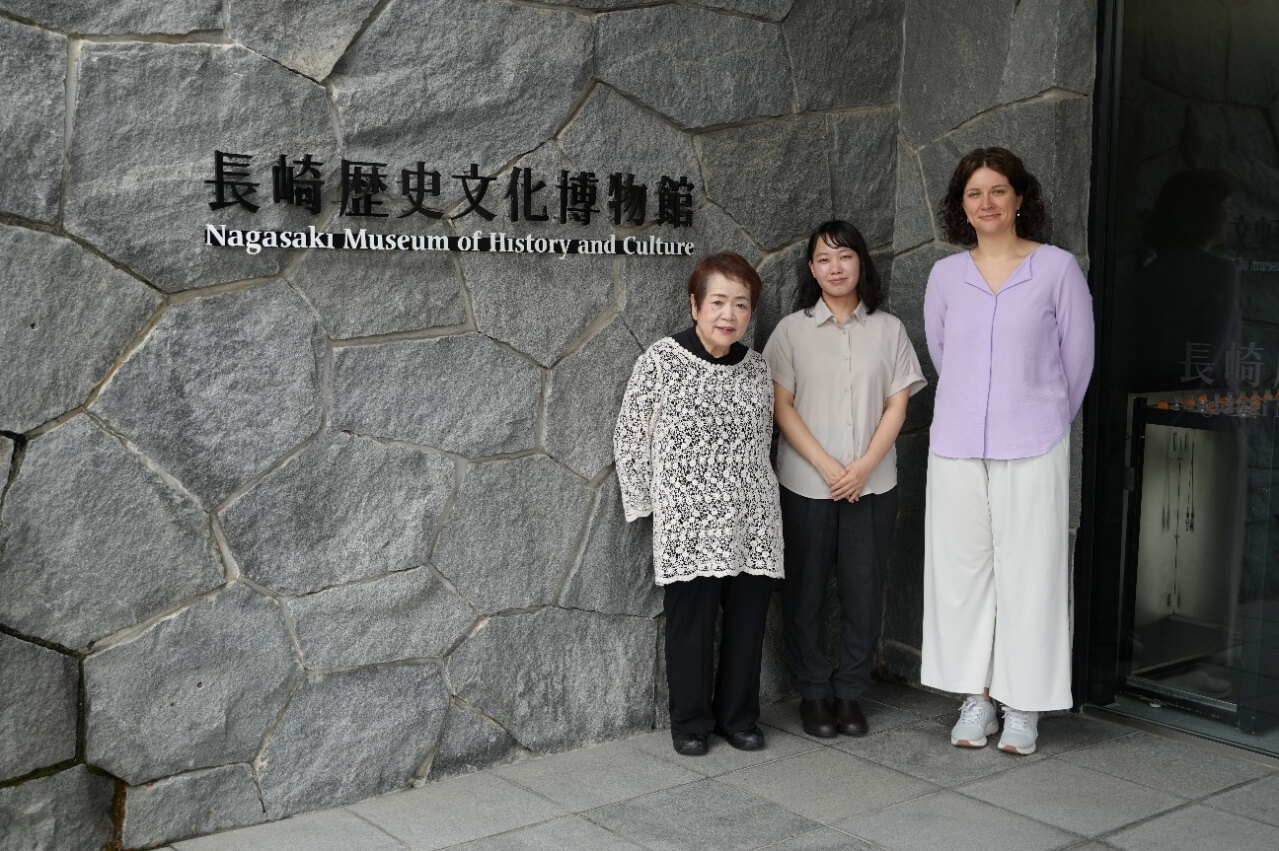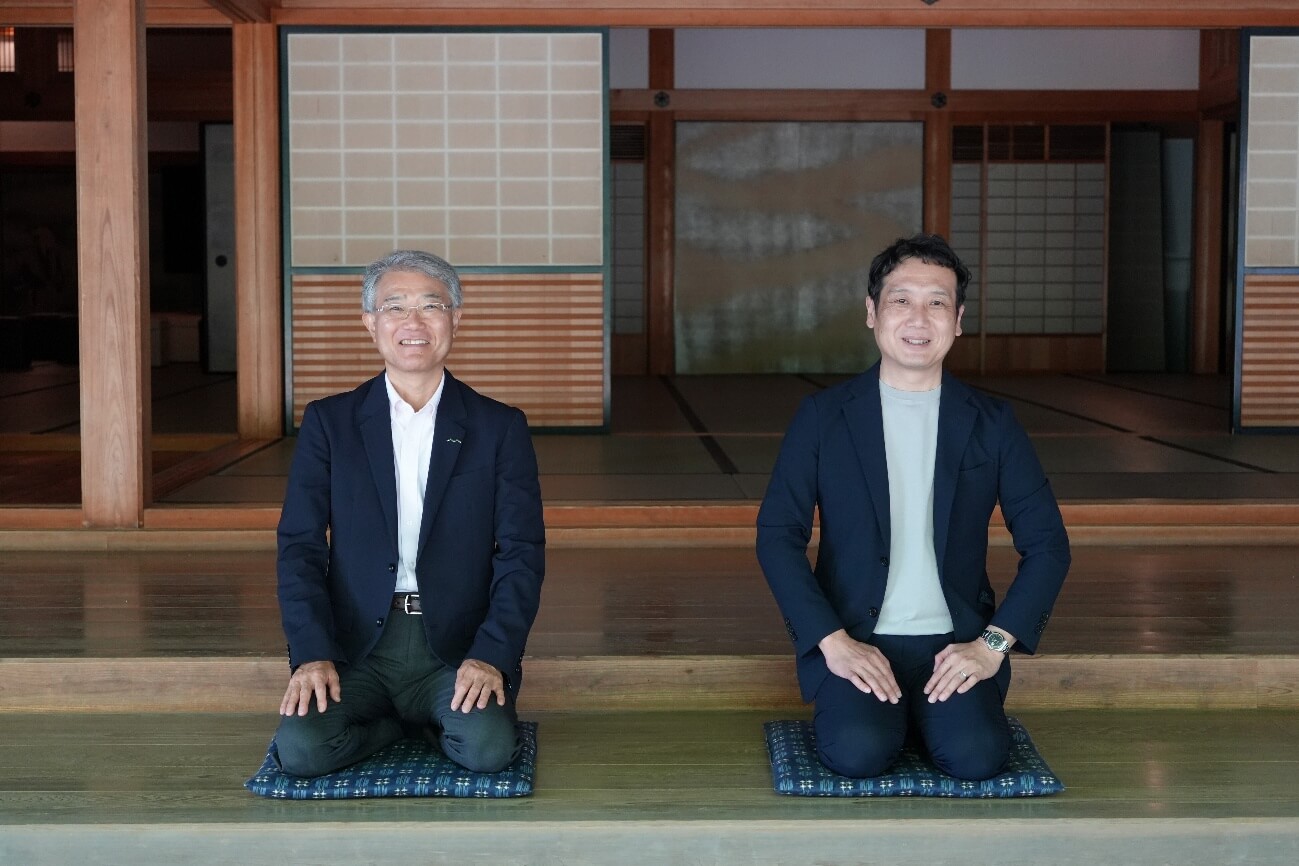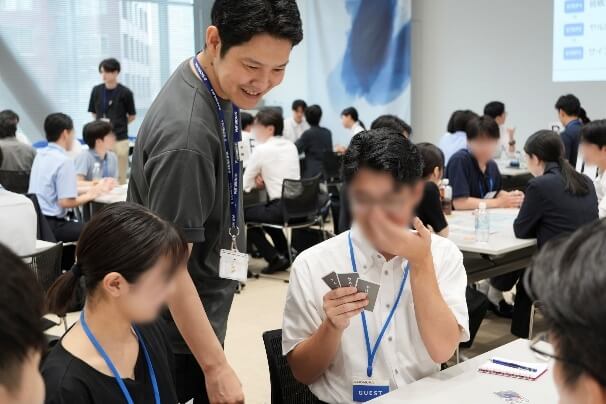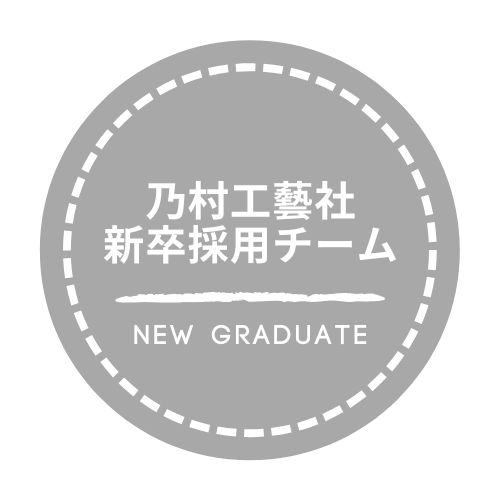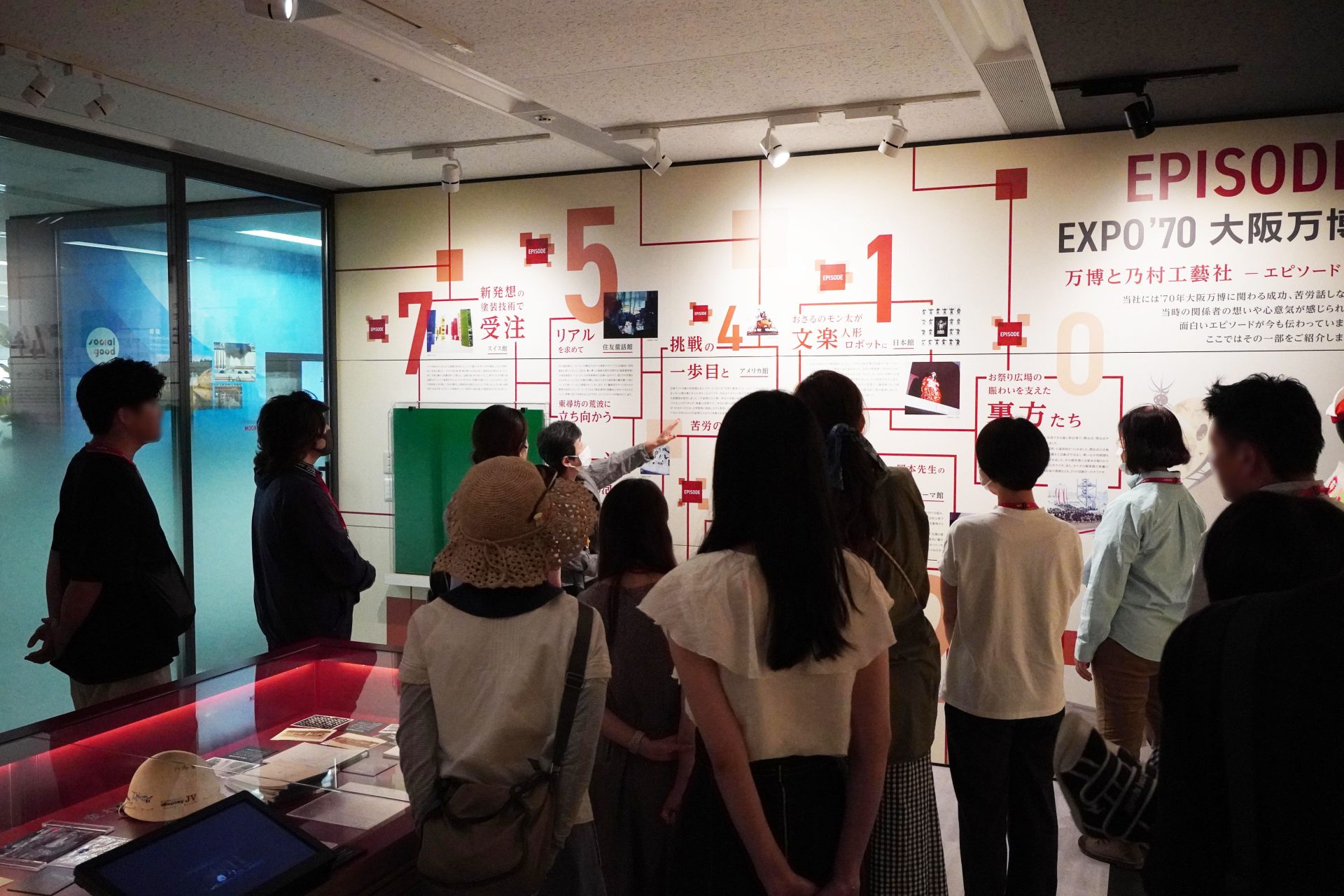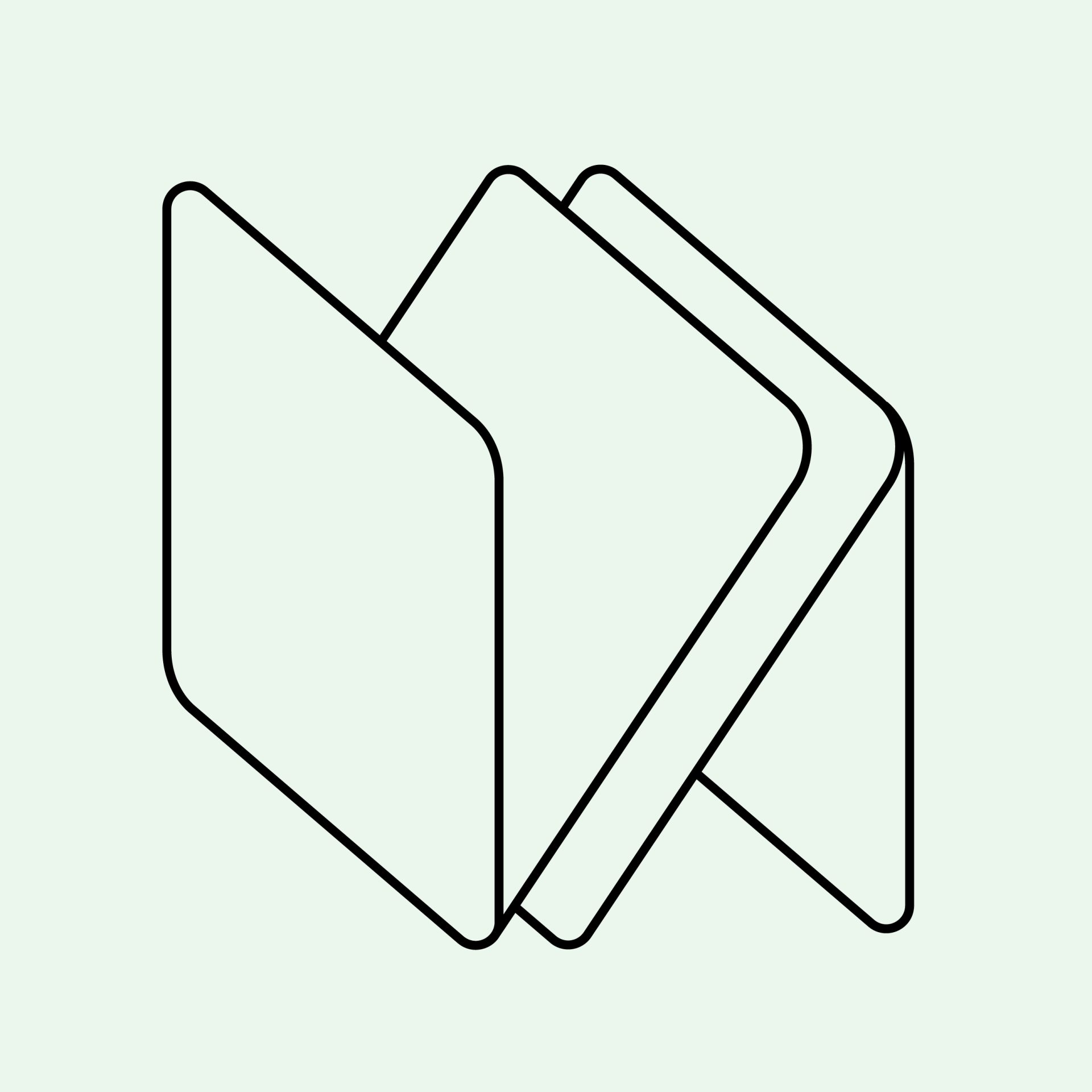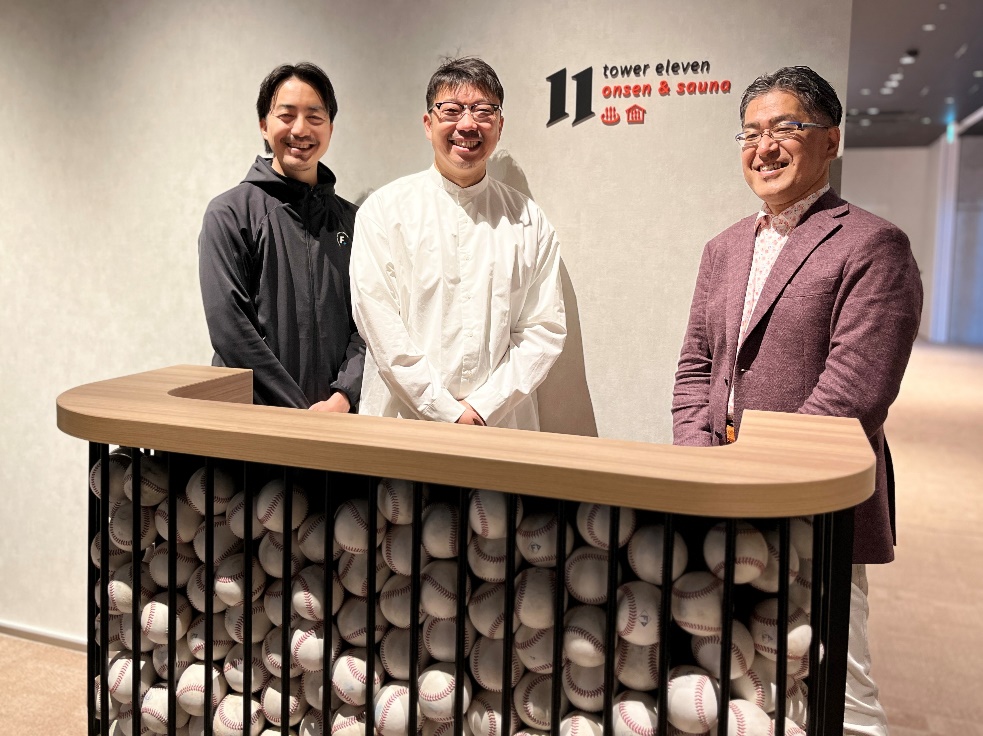
Invitation to the wonders of nature starting from adult independent research and dining table
2021/05/06- text and edit by
- Toko Takeuchi
As a personal hobby, I make skeletal specimens.
I like to simmer fish heads and pig feet, clean and assemble them.
When the parts click into place, it feels like playing a natural three-dimensional puzzle.
If you look closely at the fish bones, you can discover the delicate beauty of the structure, which is intricately combined like the pillars of a church building.
The photo shows various Thai heads. I'm a beginner, so I'm sorry that I don't have enough parts.
Even in the same Thailand, the sights are endless, such as the shape of the teeth is completely different depending on what you eat.
 From the left: red sea bream, black sea bream, red sea bream, parrot bream
From the left: red sea bream, black sea bream, red sea bream, parrot bream
The impetus for making specimens was picking up bird feathers that had fallen on a university campus during my stay in Texas.
When I started looking for it, I found various feathers and bones.
Then one day, he meets an armadillo that has been run over by a car and turned into a skeleton.
(Common in Texas)
Even after I returned to Japan, I wanted to pick up bones and feathers, but I couldn't find them easily in Tokyo.
Therefore, as mentioned above, we started making skeletal specimens from ingredients.
However, the swelling and swelling desire. I want to make more things!
Therefore, with the cooperation of Jibie Koubou Meiho, we obtained the head and toes of a sika deer.
Gibier Koubou Meiho HP
http://gibier.meiho.info/index.html
You can buy game game meat from our Facebook page!
Meiho, Gujo City, located in the Hida Highlands at the northern end of the Mino region of Gifu Prefecture, is a mountain village where the Yoshida River, a tributary of the Nagara River, flows.
At the workshop that cooperated with us, we turn over-populated wild boars and deer into bounty of the mountains, and put into practice the local issue of "eat and protect the mountains" from beast damage.
Venison is mainly lean meat and has little fat, so you can enjoy the meat-like flavor even though you can eat it lightly.
Personally, I want it to be more distributed and easier to eat!
I was given a 25 kg male.
Probably born this year, it has no horns and its bones are still delicate.
It's strange that horns grow out of this smooth head with age.
You can tell the age of the deer by how worn the teeth are, but they are still shiny and jagged. The molars are also missing.
When you grow up, you will break through your gums and grow molars.
Hmmm, deer have wisdom teeth too.
The front teeth (incisors) are only on the lower side, but how are they used?
When you touch the real thing, questions and interests will come out more and more.

It's not a hobby that I would recommend to anyone, but you can enjoy it just as much with the chicken and fish bones that you put on your table. When you eat meat or fish that you normally eat, take a good look at the bones. When you notice the interestingness and beauty of that structure, you will find fresh surprises when you look at specimens in museums or when you see living things in nature.
The recommended spot in Tokyo where you can see skeletal specimens is the Intermediatheque. Located in KITTE near Tokyo Station, this museum is operated jointly by Japan Post Co. and the University Museum of the University of Tokyo, and you can see many skeletal specimens here.
Intermediatheque
http://www.intermediatheque.jp/
 Permanent exhibition on the 2nd floor of the Intermediatheque
Permanent exhibition on the 2nd floor of the Intermediatheque
© Intermediatheque Space and exhibition design © UMUT works
There are not many opportunities to see skeletal specimens of living organisms in permanent exhibitions in Tokyo, from giraffes and horses that are impressive, to large and small mammals, amphibians, and fish.
By all means, please come and meet the Fushigi contained in living creatures in a space with a classical and calm atmosphere.

The easy recommendation is to collect the pseudo-clavicle. It is the part that contains the shoulder blades that support the pectoral fins, also known as the “sea bream tie”.
Like this article?
